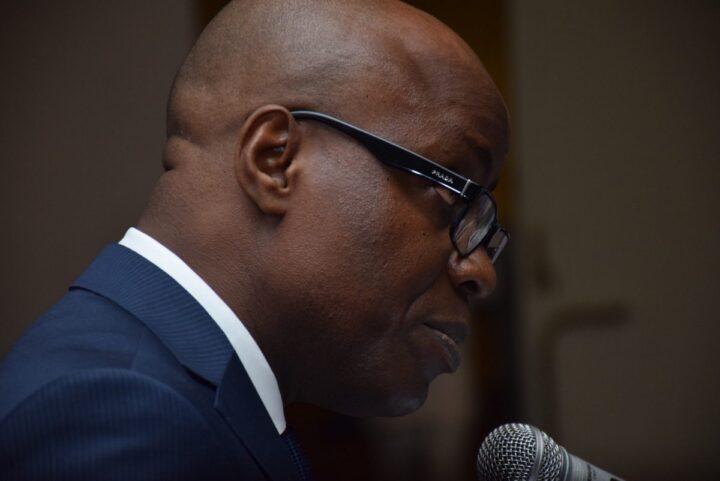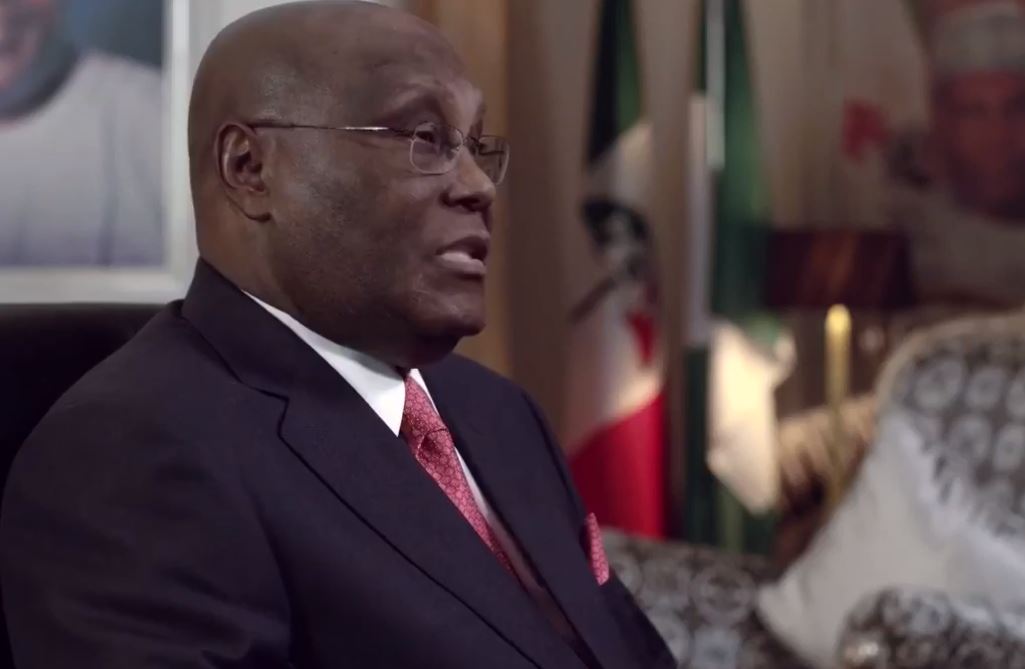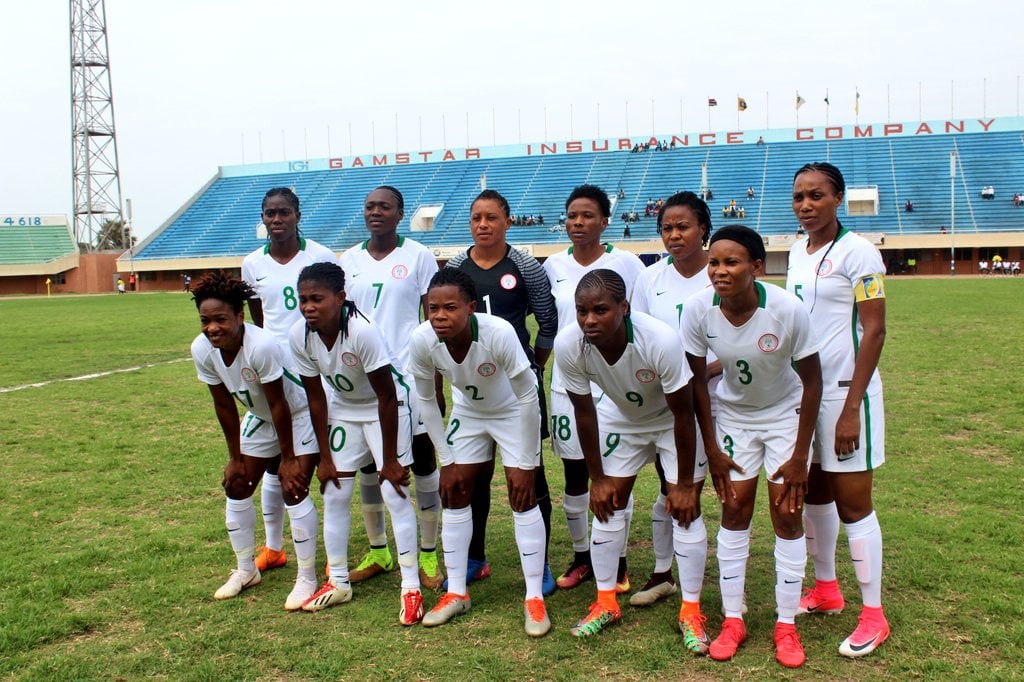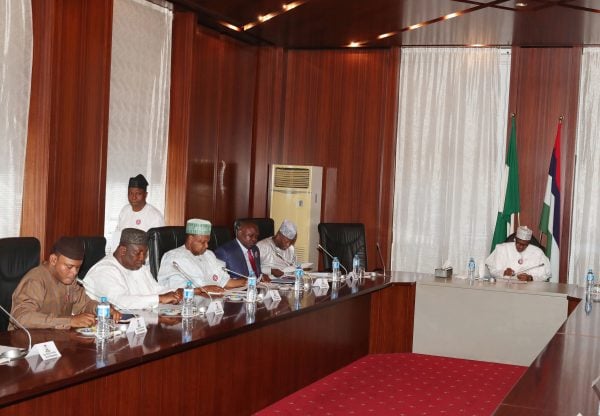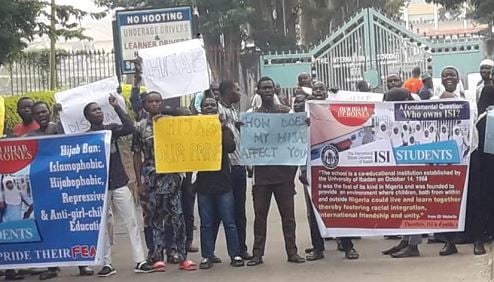No state in the country can finance its annual budget with its internally generated revenue and resources received from the federation accounts allocation committee (FAAC).
This is according to the latest edition of the quarterly review magazine published by the Nigeria Extractive Industries Transparency Initiative (NEITI).
The report said FAAC shared a total of N2.28 trillion among the three tiers of government in the third quarter (Q3) of 2018.
A breakdown of the revenue showed that the federal government received N904.8 billion; states N718.5 billion, and local governments N432.1 billion.
Advertisement
“There is virtually none of the states that can adequately finance their budgets from IGR and FAAC disbursements. The states will have to resort to different levels of borrowing,” the report read.
“The gap between the budgets and revenues is below N50 billion in three states (Enugu, Taraba and Yobe).
“The difference between the revenues and budgets is between N50 billion and N100 billion in 14 states (Abia, Anambra, Delta, Edo, Ekiti, Gombe, Jigawa, Kebbi, Kogi, Nasarawa, Niger, Ondo, Plateau, Zamfara).
Advertisement
“However, this difference is above N100 billion in majority of the states (Adamawa, Akwa Ibom, Bauchi, Bayelsa, Benue, Borno, Cross River, Ebonyi, Imo, Kaduna, Kano, Katsina, Kwara, Lagos, Ogun, Osun, Oyo, Rivers, Sokoto).
“Akwa Ibom, Cross River, Lagos and Ogun States present special cases as the difference in these states is above N200 billion.
“Although IGR is historically high in Lagos and Ogun States, it is very unlikely that the states’ actual IGR for 2018 will be sufficient to cover the difference between revenue and budgets.”
According to the report, the total FAAC disbursements in Q3 2018, is the highest recorded since Q2 2014, with the closest being Q2 2018 when N2.008 trillion was disbursed.
Advertisement
Add a comment
